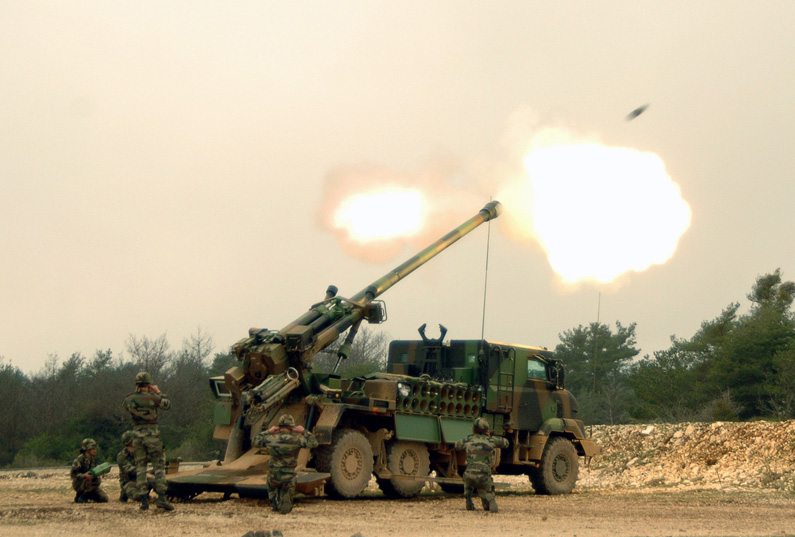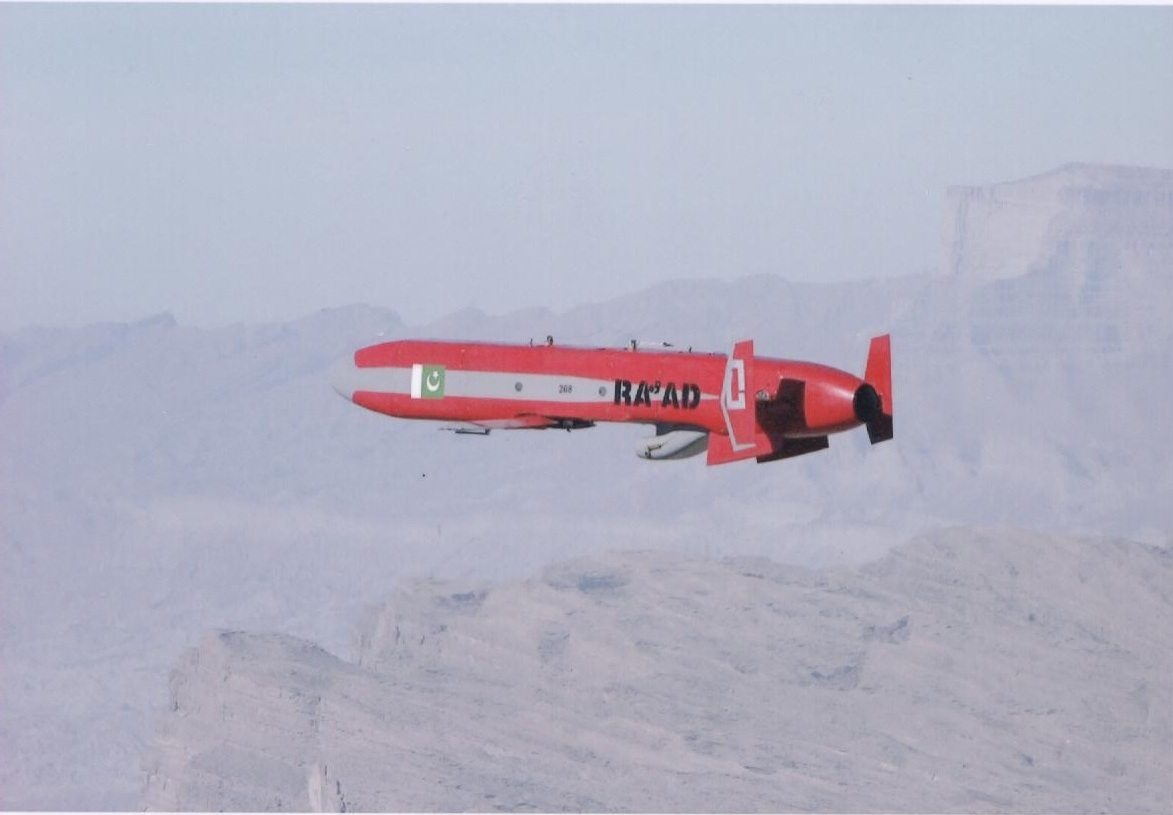India’s Ministry of Defense has opened up negotiations with local private entity Larsen & Toubro (L&T) regarding pricing for at least 100 modified variants of South Korea’s Samsung Techwin K-9 self-propelled howitzers. The acquisition is estimated at $800 million and if consummated would meet one of the Indian Army’s longstanding artillery requirements under its Field Artillery Rationalization Plan (FARP).
The Samsung Techwin K-9 – pitched as the Indian-specific K-9 “Vajra” after modifications implemented by L&T – was shortlisted in September 2015 to meet the 155mm/52-caliber tracked self-propelled howitzer (SPH) niche sought by the Defense Ministry. The two final survivors of the extended field trials concluded in early 2014 were the K-9 Vajra and the MSTA-S offered up by Russia’s Rosoboronexport.
With the shortlisting of the K-9, India concluded its third competition for the tracked 152mm SPH requirement. The first competition involved corruption charges against Denel and was terminated in 2006, with Denel subsequently blacklisted. A second Request for Proposals was issued in 2007, but failed after all potential participants were barred from the Indian market. The third such contest was launched in 2011.
The project is being pursued under India’s “Buy Global” defense procurement category. This involves a domestic company – L&T in this instance – tying up with an original equipment manufacturer (Samsung Techwin) in order to collaborate on the design and production of equipment specifically tailored to Indian armed force’s needs. For this project L&T would build the SPHs at its Telegaon plant near Pune in western India utilizing about 50 percent indigenous content (which in turn will allow the Samsung-L&T tie-up to bypass the Defense Ministry’s 30 percent offset investment threshold.
For the Indian Army, moving forward on the acquisition cannot come soon enough. The service’s eroding artillery capabilities have long been cause for concern within Army circles and its Field Artillery Rationalization Plan (unveiled in 2000) has failed to generate any positive momentum for well over a decade now. That plan called for purchases of around 3,000 155mm howitzers in two calibers (39 and 52) that would come in towed, mounted and self-propelled (both wheeled and tracked) forms. These would ostensibly be both imported and licensed-produced locally and all necessary elements procured and delivered by 2027.
So far the closest India has come to meeting any of its multiple requirements under the FARP has been a standing order for 114 “Dhanush” 155mm howitzers, a locally-produced, upgraded 155mm/45-caliber variant of its Bofors FH-77B 155mm/39-caliber towed howitzer.
Instead a tangle of bureaucratic delays, the issuing and re-issuing of tenders (a common MoD practice), failed and inconclusive field trials, unfeasible Qualitative Requirements issued by the Artillery Directorate, and government emphasis on indigenous content have all served in some capacity and at different times to cripple any substantial progress in meeting the requirements of the FARP.











